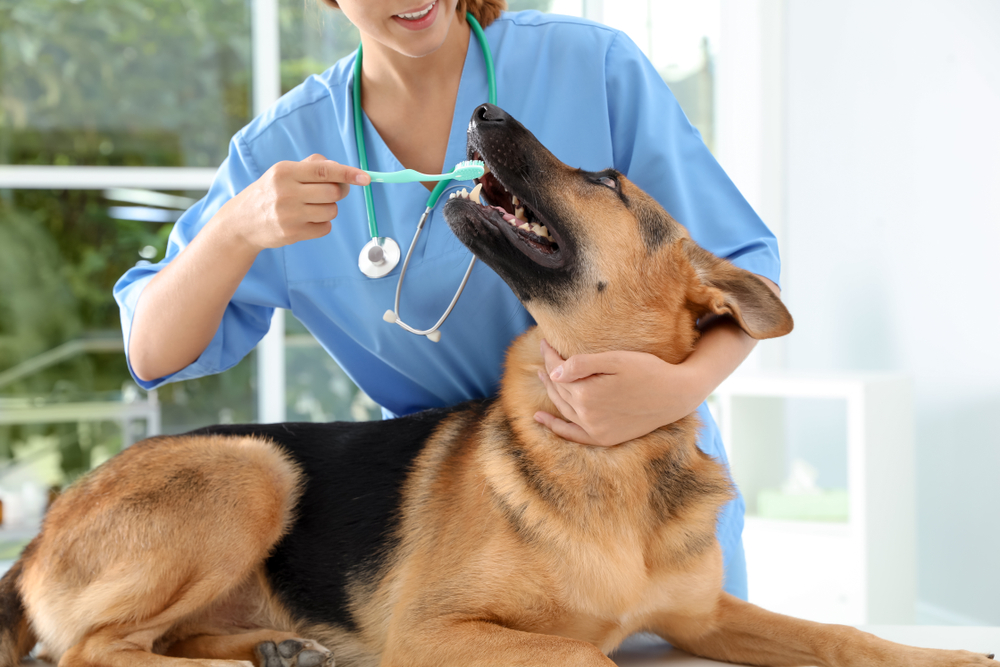
Having a pet entails a lot of responsibility in caring for your furry friend. A big part of this responsibility is securing their health and preventing disease. Many know they must have their pets vaccinated and keep up the vaccinations. But dental care is another aspect of a pet's health, and it is often neglected.
Many do not know that their pets usually have dental disease by the time they turn three. Dental issues and diseases can become more severe health issues when they are untreated. Moreover, they can take up to two years off your pet's life. Dental cleanings at the vet are one of the best ways to maintain your pet's dental health.
Consultation
During this visit, the vet may ask questions about your pet's diet and behavior. They will check their teeth for plaque or signs of dental disease.
Preparing the Night Before
The night before may include not feeding your pet. Your pet must have nothing in its belly when they go under during the procedure. The vet may also ask that you take the water bowl away early the morning of the appointment or even the night before. Your pet may aspirate under anesthesia if they have food or water in their belly during the surgery.
The Day of Surgery
The vet will most likely ask you to drop off your pet early in the morning, depending on their schedule. You can leave your pet and pick them up later or stay at the hospital. The dental cleaning procedure takes about 15 to 30 minutes. But the prepping, anesthesia, examination, and recovery take much longer.
The Procedure
Setting Up
The vet will first give your pet Telazol® or Propofol to put them to sleep. They then hook up the anesthesia machine, running it through the whole procedure. Then the vet and the technicians will set up the oxygen feed and prepare the monitors. The technician will monitor these feeds throughout the procedure to ensure everything is okay.
Oral Exam
The vet will begin a comprehensive oral exam checking the pet's teeth. They will record discoloration, cavities, abrasion, periodontal pockets, and fractures. These are included in your pet's medical records in the dental section.
Cleaning
The vet will start cleaning below the gumline to eliminate plaque and calculus buildup. This part is quite painful and is the main reason for the anesthesia. It is essential to prevent gingivitis and periodontal disease because they usually set in due to the calculus that collects here.
Scaling and Polishing
After finishing the gumline, the vet proceeds to the rest of the teeth. They will use a scaling tool to eliminate plaque and calculus on the teeth. They then use a unique polishing tool to smooth the crowns of your pet's teeth. The polishing helps discourage plaque buildup. Polishing is the last part of your pet's dental cleaning.
For more on what happens during a veterinary dental cleaning, visit Shore Pet Surgery at our office in Grasonville, Maryland. Call (410) 827-6464 or (410) 202-0600 to book an appointment today.





